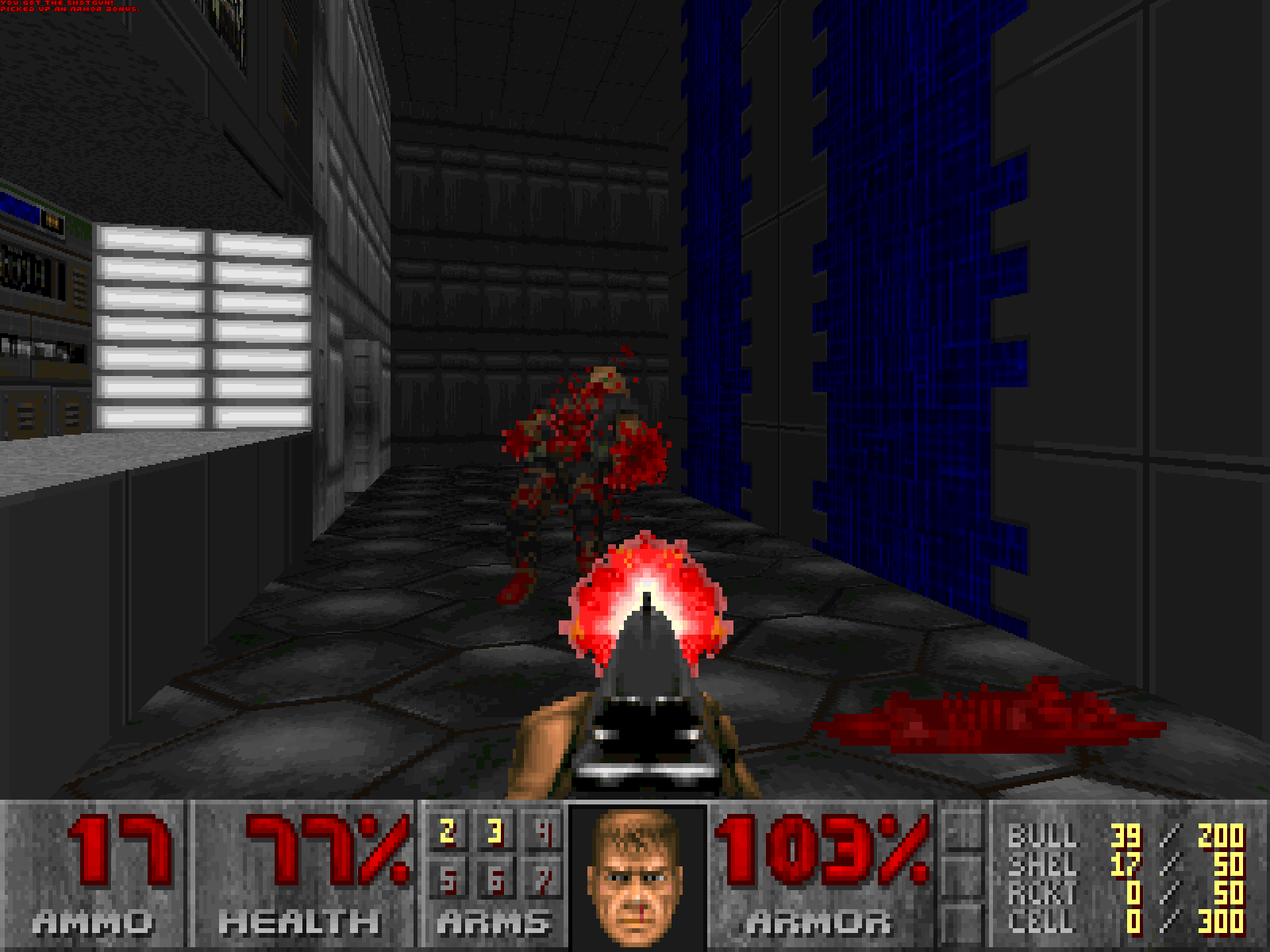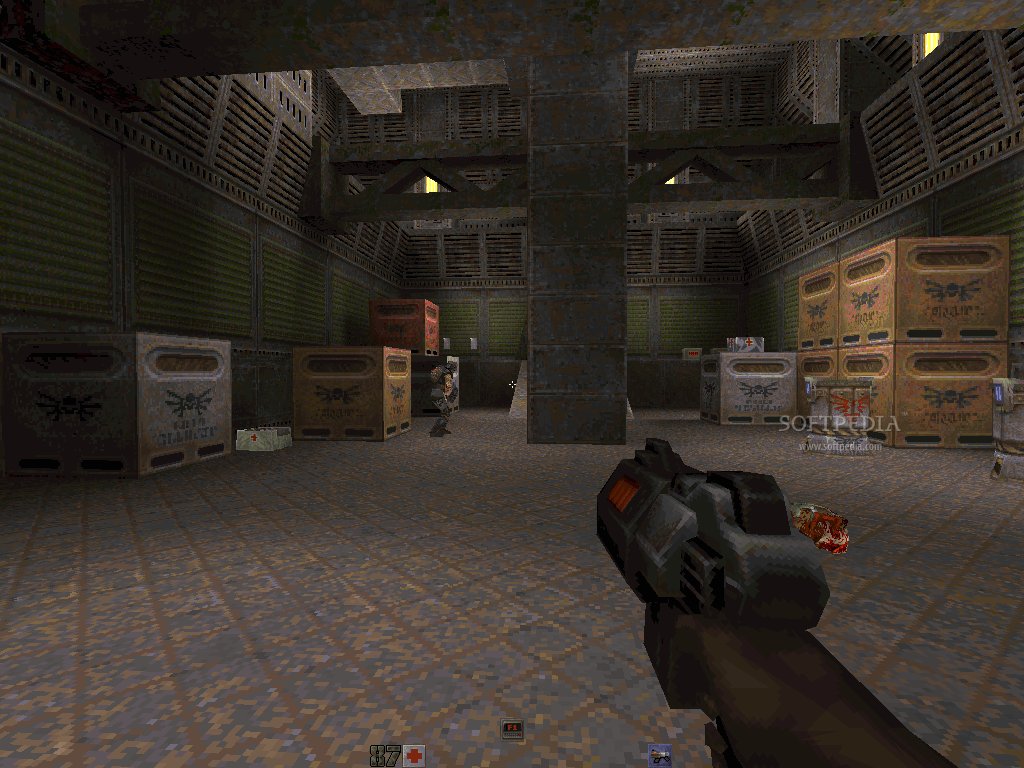That's exactly it. The quality people see in older games is from the creative design required to deal with inherent limitations. It was how they dealt with those limitations that determined if the result would be good, not simply having limitations. Retro is not a free pass to having low-quality assets... just the opposite, in fact; it's about putting in extra effort to make high-quality assets for a low-fidelity environment.MetroidJunkie wrote:Besides, almost all of the reason old games look the way they do when it comes to detail is because they knew most computers wouldn't have been able to handle anything beyond that at the time and did the best they could to add as much information as limitations could allow. There's working as best as you can with what you've got and then there's just using the "it's retro!" excuse to not put effort in.
If you want to properly build a retro game, you should start with retro systems then do your best to work around the limitations imposed by such systems. But, especially for new/aspiring developers, it's a lot easier to do the best you can with everything you have at your disposal, than to purposely restrict yourself and not know how to work effectively in the environment you create for yourself.







